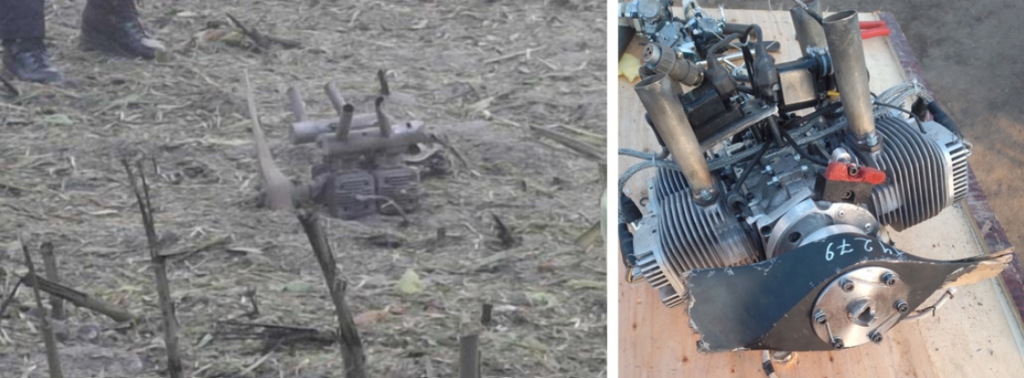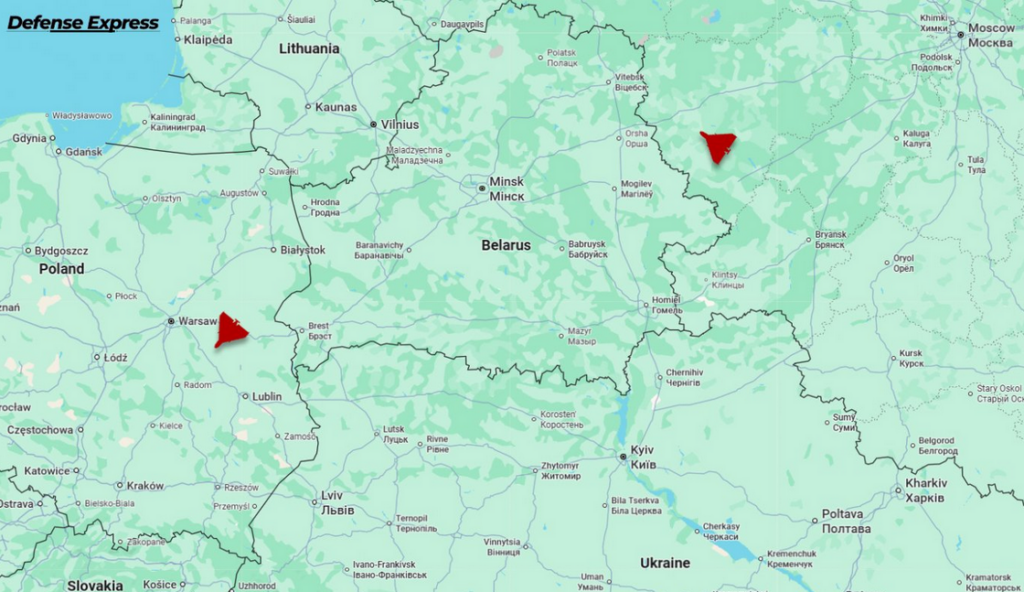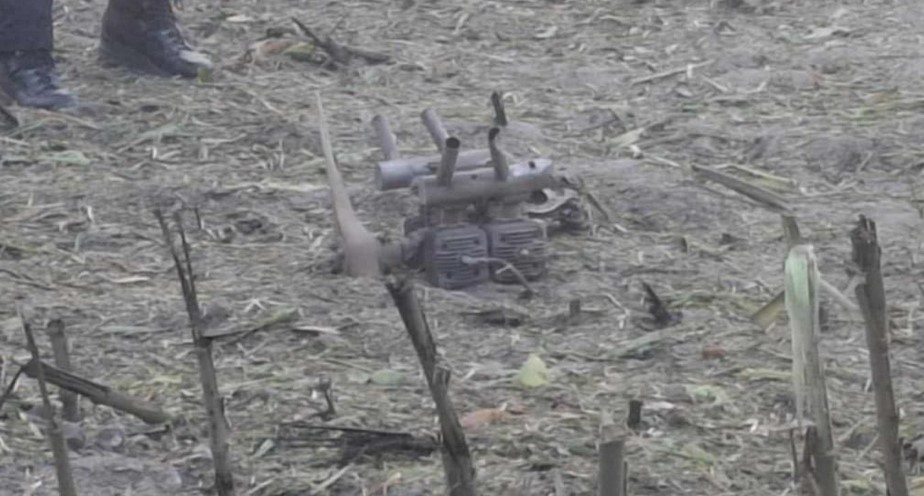Polish prosecutors reported that a military drone of unknown origin likely exploded overnight in a cornfield near the village of Osiny in Lublin Voivodeship, about 100 km from Ukraine, 90 km from Belarus, and just 40 km from Warsaw. The blast, shortly after 2 a.m. local time, shattered windows in nearby houses and scorched an 8–10 meter patch of farmland, but caused no casualties.
The incident comes amid a pattern of Poland scrambling fighter jets almost every time Russia launches major strikes on Ukraine. These flights are intended as a precaution, though they have never resulted in interceptions, since NATO aircraft only act if an object directly threatens alliance territory.
Osiny, lubelszczyzna, ok. 100 km od granicy z Ukrainą. Policja odnalazła nadpalone, metalowe i plastikowe szczątki. https://t.co/tdwN6vQ0cq pic.twitter.com/zz3D7Wmi2V
— 1 Star (@PawelSokala) August 20, 2025
Remains point to Russian-style drone
At the site, authorities recovered burned fragments of metal, plastic, and a drone engine. Journalists from both Ukraine and Poland noted these parts resemble those used in Russian Shahed kamikaze drones.
Defense Express highlighted that investigators found a four-stroke MD550 engine, typical of Shahed drones, though with an unusual muffler—raising questions about whether the drone malfunctioned or lost its way.

Conflicting statements from authorities
Initially, Poland’s Armed Forces stated there were no violations of its airspace from Ukraine or Belarus that night. Later, Lublin prosecutor Grzegorz Trusiewicz said:
“The nature of the explosion shows this object was most likely a military drone. Its trajectory and origin remain undetermined.”
Linked to Russian strikes on Ukraine
The explosion coincided with air raid alerts in Ukraine’s Lviv and Volyn Oblasts. Russia had launched a barrage of drones—estimated at more than 90 Shahed drones—and two Iskander-M ballistic missiles.
In May 2023, a Russian Kh-55 cruise missile carrying a dummy nuclear warhead crashed near Bydgoszcz, 450 km from the Ukrainian border. Initially, officials denied any airspace violation, only later confirming the breach — sparking a domestic scandal.
Similar incidents have also occurred in Romania, Lithuania, Latvia, and Moldova, where Russian drones and missiles have landed since the start of the full-scale invasion. Ukraine has repeatedly warned that such events highlight how Moscow’s air campaign against it also endangers NATO members.

Poland points to Russia
By midday, Deputy Prime Minister and Defense Minister Władysław Kosiniak‑Kamysz stated the drone was believed linked to Russia.
“Once again, we are dealing with a provocation by Russia. We are dealing with it in a crucial moment, when discussions about peace (in Ukraine) are underway,” he said.
General Dariusz Malinowski added that intelligence pointed to a Russian origin, though the precise intent—malfunction or deliberate incursion—was still uncertain.
Diplomatic fallout
Poland’s Foreign Ministry announced it will send a formal protest note to Russia and brief NATO allies. Spokesperson Paweł Wroński stressed:
“We will inform our allies about this incident. Poland’s airspace is endangered by this war, and this proves NATO states are at risk.”
Foreign Minister Radosław Sikorski condemned the event as “another violation of our airspace”, emphasizing that Poland’s foremost NATO mission remains the defense of its territory.




